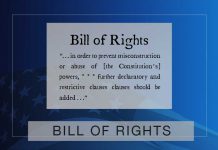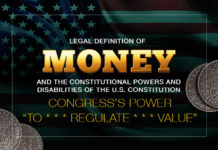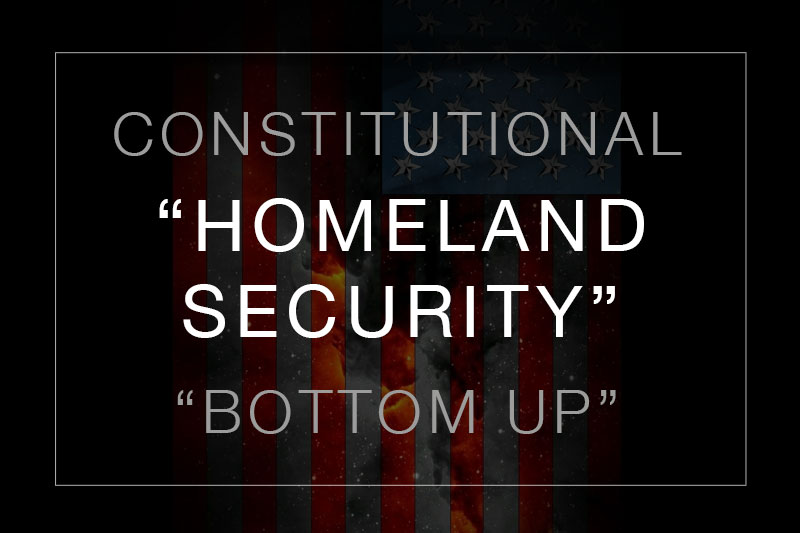Last Updated on February 9, 2023 by Constitutional Militia
Governor: No Arbitrary Powers Over the Militia
Because of the apparently broad powers that Governors in Virginia as well as other Colonies and then independent States exercised over the Militia in pre-constitutional times, contemporary proponents of revitalizing “the Militia of the several States” are often assailed with the dire prediction that the Militia will simply become new tools in the hands of rogue State Governors, or a rogue President of the United States, or rogue Members of Congress, under the dictates of which WE THE PEOPLE will be made to oppress themselves. An archtypical fear is that the Militia of one State might be marched off into some other State to put down the people there, or somehow convinced or compelled to tyrannize over the people within its own State. These nightmares have next to no historical basis anywhere—and certainly not in Virginia. For, by their very delineation, the powers over the Militia that Virginia’s General Assembly delegated to her Governor also entailed corresponding disabilities with respect to any actions in excess or in contradiction of those powers. And not always satisfied with that sort of implicit control, in areas of crucial concern the General Assembly imposed express limitations.[1]
Militia were usually not to be deployed far removed from her own boundaries as Virginia’s Militia statutes evidence:
• [1742] When considering a request of the Governor of Maryland for military assistance against certain hostile Indians, the Governor and Council agreed that “it will be very difficult to perswade [Virginia’s Militiamen] to pass over Patowmack River or Chesapeak Bay”, because “the government of Virginia can not compel the militia, contrary to law, to march out of the colony”.[2]
• [1755] “[N]othing * * * shall * * * impower the governor * * * to lead or march the militia of this colony, or cause them to be led or marched, more than five miles beyond where the inhabitants of this colony, shall be settled on the western frontiers.”[3]
• [1756] “That nothing * * * shall * * * impower the governor * * * , or any other officer, to lead or march the soldiers hereby raised, or cause them to be led or marched out of this colony.”[4]
The importance of the requirements, repeated in statute after statute, that the Governor “shall have satisfactory information”—that he shall employ the Militia only for “the suppressing and repelling of all * * * invasions and insurrections” as necessitated the Militia’s deployment—and especially that he should “discharge and disband [the Militia] as the cause of danger ceases” cannot be over-emphasized. His “full power and authority to levy, raise, arm and muster such a number of forces out of the militia” depended upon an actual “cause of danger”, specifically in the form of an “invasion”, “insurrection”, or other disturbance that threatened “the due and effectual execution of the laws”—and therefore terminated as soon as that danger ran its course. Presumably, too, in the plain absence of an actual invasion, insurrection, or other dangerous disturbance, the Militia might justifiably have refused the Governor’s call to “muster” and “march”.[5]





























